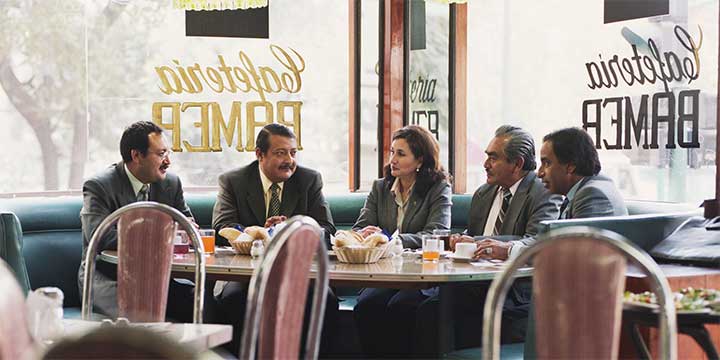When you think of essential business skills, knowing where to put your napkin when excusing yourself from the table may not come to mind. But any nurse seeking to expand career options or search for a new job would do well to brush up on these and other rules of dining etiquette.
Many business discussions take place over meals. When you dine out, you put your social skills, sophistication, and interpersonal skills on display. Being familiar with dining etiquette will help you feel more comfortable and confident, so you can focus on what you’re hearing and saying instead of worrying whether you’re committing a fork faux pas.
Quiz
To test your knowledge of dining etiquette, take the quiz below.
1. The bread plate is placed to the left of the entrée plate. True or false?
2. If you need to excuse yourself during a meal, place your napkin to the left of your place setting. True or false?
3. Help yourself to the bread first, and then pass it to the person on your left. True or false?
4. After cutting your meat, you can replace your knife on the tablecloth. True or false?
5. If you drop your fork under the table, it’s OK to leave it there. True or false?
6. Pushing back your plate signals that you’re finished eating. True or false?
7. Telling a dinner partner she has spinach in her teeth is acceptable. True or false?
8. It’s considered polite for the dinner guest to offer to pay the tip. True or false?
Answers
1. True. The bread plate is to the left of the entrée plate. Here’s a tip to help you remember this: Think of a BMW car—but in this case “BMW” stands for “bread, meal, and water”—not Bavarian Motor Works. Your bread plate is on the left, your meal (entrée) is in the center, and your water glass is on the right.
2. False. When excusing yourself during a meal, place your napkin on your chair. When the meal is done and people start to leave the table, place your napkin to the left of your plate. If your plate has been removed, place your napkin where the plate was located.
3. False. Don’t serve yourself bread first. Offer it to the person on your left, serve yourself, and then pass it to the right. Or just pass it to the person on your right.
4. False. Don’t place silverware back on the tablecloth after using it. After you cut meat, place your knife across the top of your plate, with the blade facing inward.
5. True. You may leave your fork on the floor if it falls, to avoid the awkwardness of disappearing under the table to retrieve it. Ask the waitstaff for another fork.
6. False. Pushing back your plate doesn’t mean you’ve finished eating. To send the correct “finished” message, think of your plate as a clock: Place your knife and fork in the 10 o’clock and 4 o’clock positions, with the top of the utensils pointing at the number 10 and the base pointing at the 4. If you’re not finished but merely taking a break, proper utensil positions depend on the dining style.
7. True. Kindness is an important aspect of etiquette, so by all means tell your dinner partner if she has something caught in her teeth.8. False. Dinner guests shouldn’t offer to pay the tip because they would have to know the cost of the meal to calculate the tip.
Bon appetit!
Whether you’re attending a job interview, let’s-make-a-deal business meal, holiday dinner, award banquet, or wedding, your knowledge of dining etiquette enhances your professional image. Not having to worry about etiquette blunders means you’ll be able to enjoy yourself and interact more effectively.
Selected references
Pagana K. Bread, Butter, and Beyond: Dining Etiquette. Williamsport, Pa: LAYCO Publishing Company; 2006.
Pagana K. Dining etiquette: a necessary ingredient for the true professional. Create the Future Through Renewal. Honor Society of Nursing, Sigma Theta Tau International Newsletter, 2(6): July 2005.
Kathleen D. Pagana, PhD, RN, is Professor Emeritus at Lycoming College in Williamsport, Pa. and President of Pagana Seminars & Presentations. She has helped thousands feel more confident and comfortable in professional and business settings. Her websites are www.kathleenpagana.com and www.breadbutterandbeyond.com.



















1 Comment.
I’m glad you explained that we should just ask for another utensil if we drop ours. I’m currently looking for a local venue where I can take a prospective new client for a business dinner this weekend. Thanks for teaching me this etiquette and helping me feel more prepared for the upcoming dinner!